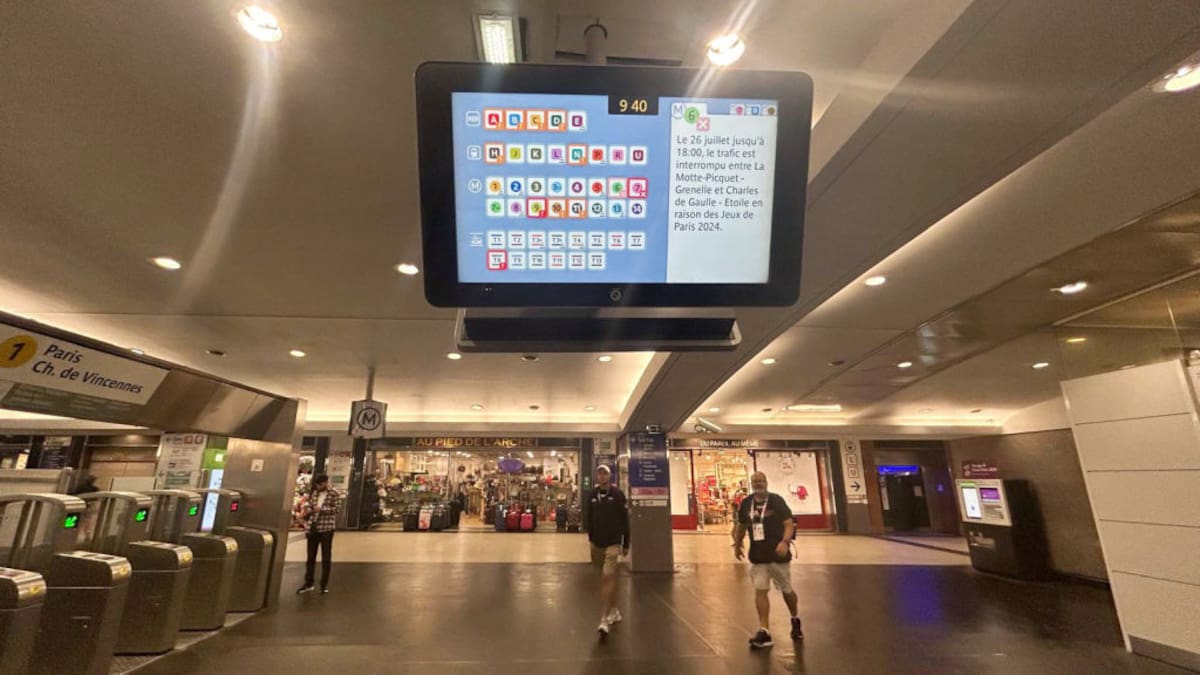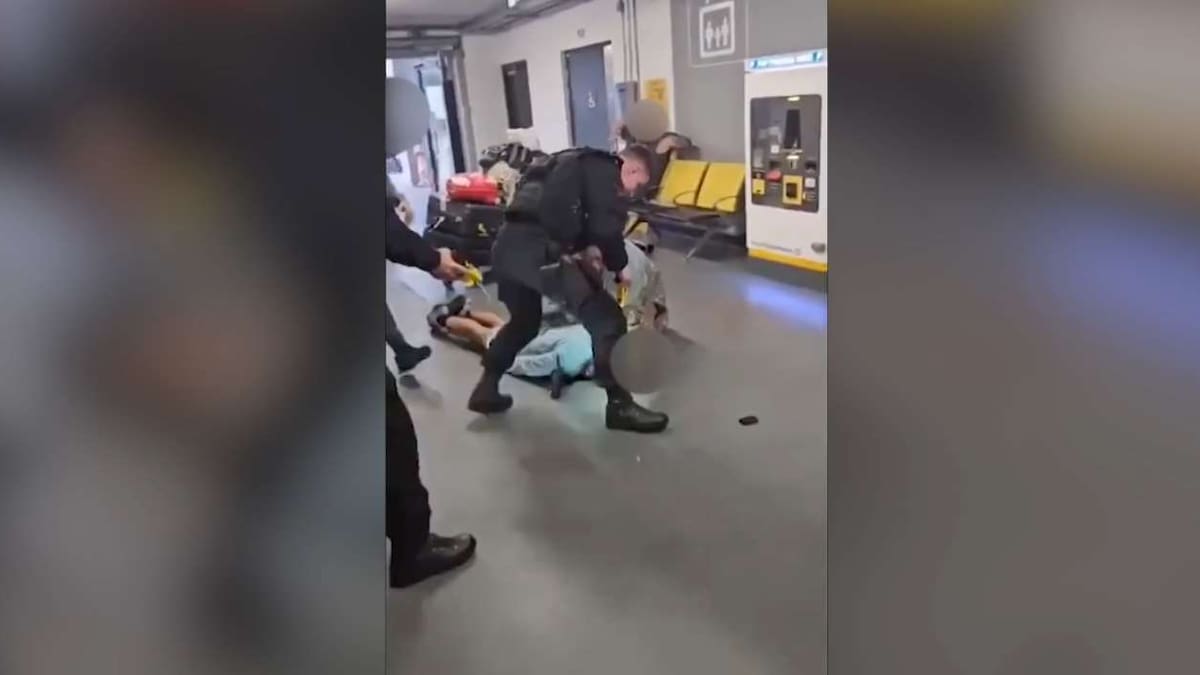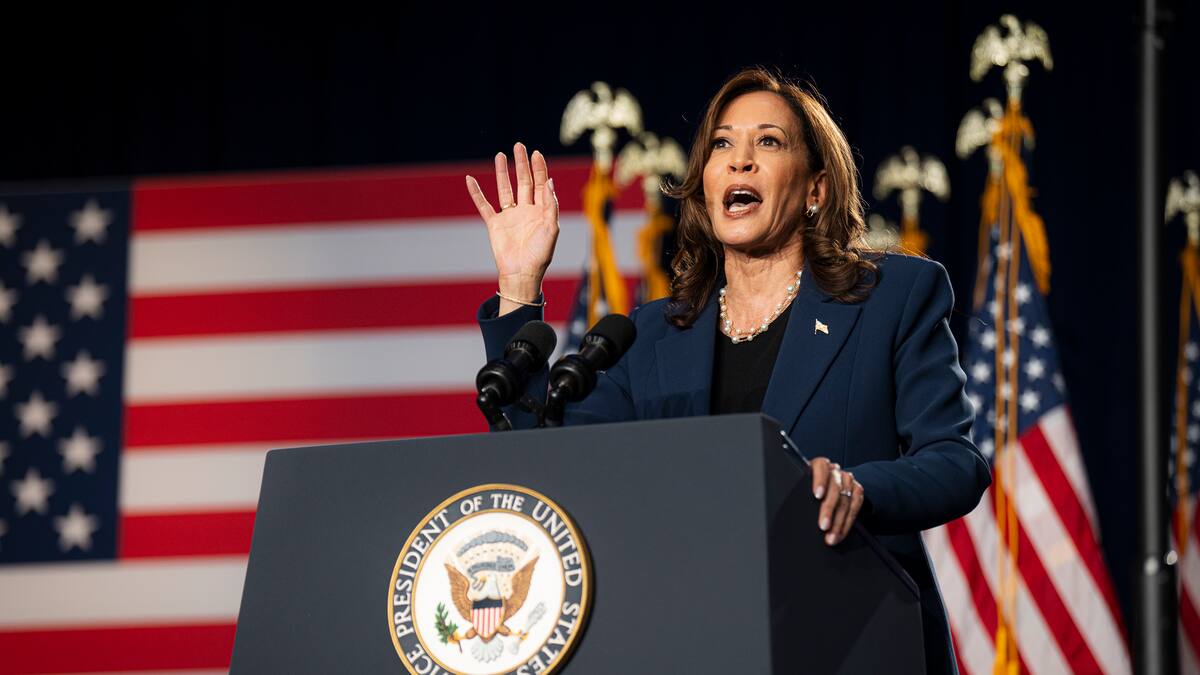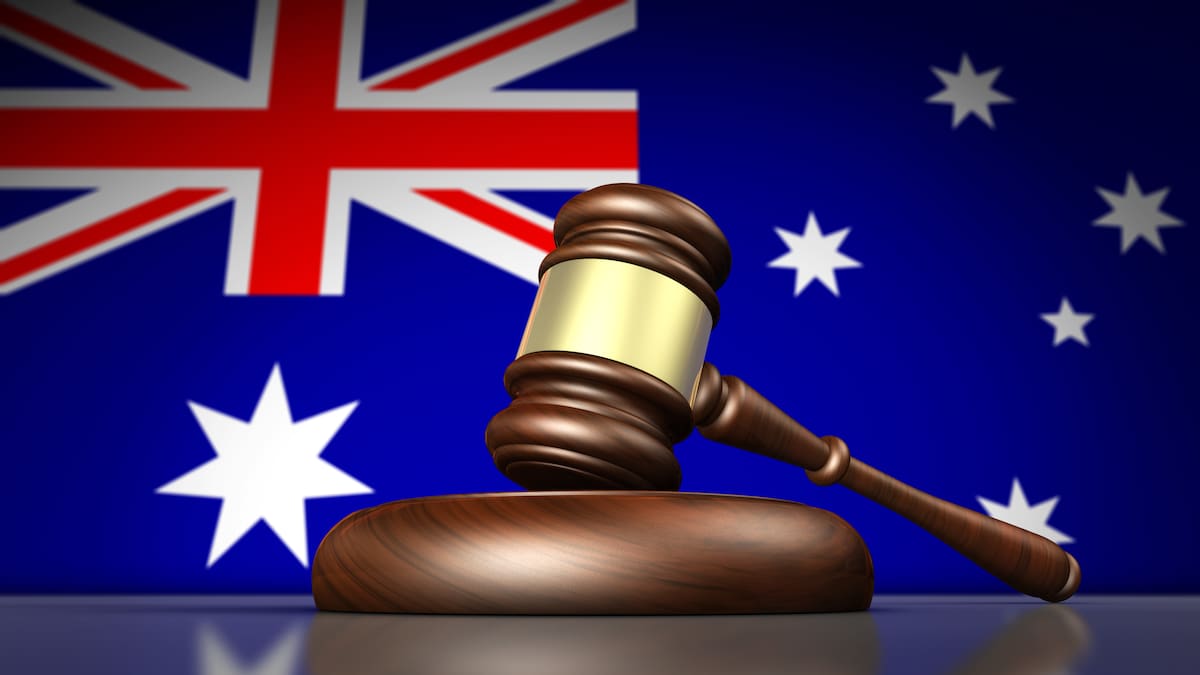In collaboration with Amnesty International, University of Otago PhD graduate Abbas Alizadeh, and Hanna Habibi, a researcher with an economics PhD from Victoria University of Wellington, reflect on the death of Mahsa Amini.
OPINION: Today is the first anniversary of Mahsa (Zhina) Amini’s tragic death at the hands of the Islamic Republic regime in Iran. She is known as the symbol of the “Woman, Life, Freedom” revolution.
Zhina, a 22-year-old Iranian-Kurdish woman who was arrested by Iran’s religious “morality police” for allegedly not wearing a hijab to government standards, collapsed into a coma while in custody and never woke up. A brave young journalist, Niloofar Hamedi, reported Zhina’s story and published photos of her lying unconscious. Zhina’s innocence and her parents’ heartbreak shook the nation, and the world.
People got angrier when the regime lied about pre-existing health conditions, which Zhina’s father denied. A leaked medical report revealed she died from head injuries, an explanation in line with other detainees who witnessed her being beaten in the head. At Zhina’s funeral, men and women united in their cries, shouting “Woman, Life, Freedom”, while women waved their scarves in the sky. This galvanised a women-led revolution all around the country as people took to the streets to put an end to the Islamic regime and its stone-aged rules.
Women’s fight in Iran can be traced back to significant moments of defiance, such as the massive International Women’s Day march on March 8, 1979 – one day after the mandatory hijab law was introduced. Thousands of women opposing the law withstood six days of violent confrontation by Islamist forces.
After being stripped of their civil rights in the first years after Iran’s 1979 revolution, women started a decades-long soft war against the religion-influenced rules. Iranian women’s fashion from the 1980s until now is a clear reflection of pushing boundaries bit by bit. Women followed the same approach on other fronts, including education and workforce participation.
AP Photo/Markus Schreiber
A placard at a rally in Berlin with a picture of Iranian Mahsa Amini, 22, who died in custody after being arrested in Tehran for “inappropriate attire”.
With regards to the hijab, the fight reached a turning point after a campaign called “My Stealthy Freedom”, initiated by the Iranian journalist Masih Alinejad. Inspired by this campaign, women started disobeying the mandatory hijab law – initially in a hidden way, then in bold acts of disobedience. Their widespread civil resistance resulted in the establishment of the “morality police”.
As the oppressor got more aggressive, the women got more creative and braver. The resistance against mandatory hijab, beyond simply being about a choice of dress, represents a multi-layered fight for a reimagining of societal norms and practices that govern women’s lives and roles in society.
Due to the pervasive, multi-layered discrimination in Iran, almost every socio-demographic group within the society has rallied behind this revolution. These groups include, but are not limited to, young people, students, the middle class, workers, residents of rural and impoverished communities, the LGBTQ community and environmental activists. Notably, religious and ethnic minorities such as Kurds, Arabs, Azeris and Baluchis – who have long felt marginalised as second-class citizens – have strongly identified with “Woman, Life, Freedom”.
The path to freedom is fraught with danger. The “Woman, Life, Freedom” revolution has been met with some of the most brutal treatment. According to estimates from the Human Rights Activists News Agency in Iran (HRANA), more than 530 protesters, including 71 children, have been killed. The total number of arrests is unknown. However, in March 2023 the judiciary announced plans to pardon 22,000 detainees, suggesting a large-scale arrest operation.
As per reports received by the UN Human Rights Council’s Fact-Finding Mission, at least 26 people have been sentenced to death in connection with the protests since November 2022 and dozens more are facing charges that could result in the death penalty. Following rushed proceedings, at least seven men have been executed, amidst grave allegations of human rights violations, including confessions procured through torture.
Yet there are glimmers of hope. Solidarity movements have sprung up across the globe, raising awareness and mobilising support, including the Iranian Solidarity Group Aotearoa New Zealand. Formed by a collective of Iranian expatriates in Wellington, the group has echoed the revolutionary call for “Woman, Life, Freedom” across New Zealand through rallies, protests and cultural events advocating for human rights.
They have formed a Parliamentary Solidarity Group for Iran to promote dialogue and explore the possibility of listing the Islamic Revolutionary Guard Corps (IRGC) as a terrorist entity under the New Zealand Terrorism Suppression Act, for its widespread violence against protesters.
The fight is far from over. We call on the international community to stand in solidarity with this progressive movement. According to a recent report by Amnesty International, the Iranian authorities are intensifying their nationwide crackdown on women who defy compulsory veiling, employing new oppressive law and tactics such as mass surveillance and violent public assaults.
This is exacerbated by proposed legislation that would further codify and intensify these oppressive measures, deeply impacting the social and economic rights of women and girls. The international community not only has the responsibility to voice their condemnation, but to actively pursue legal pathways that will hold Iranian officials accountable for these gross human rights violations.
As we mark the first anniversary of Zhina’s death, let’s stand united with Iranian people’s quest for freedom, equality and justice. Reach out to your representatives, share the stories of these brave women, and support legislation and policies that bring us closer to justice. Every voice raised, every rally held and every story told will help build a future where “Woman, Life, Freedom” is not merely a revolutionary call, but a lived reality for the people of Iran.





